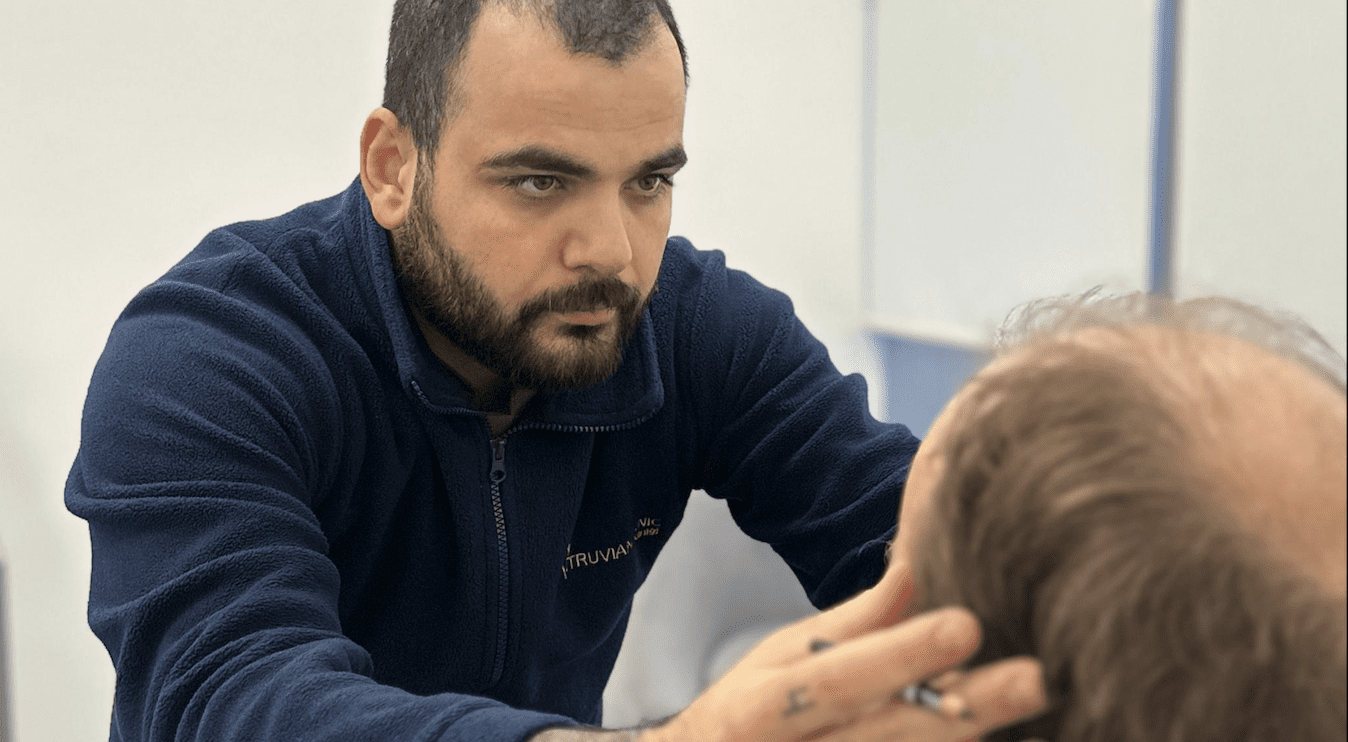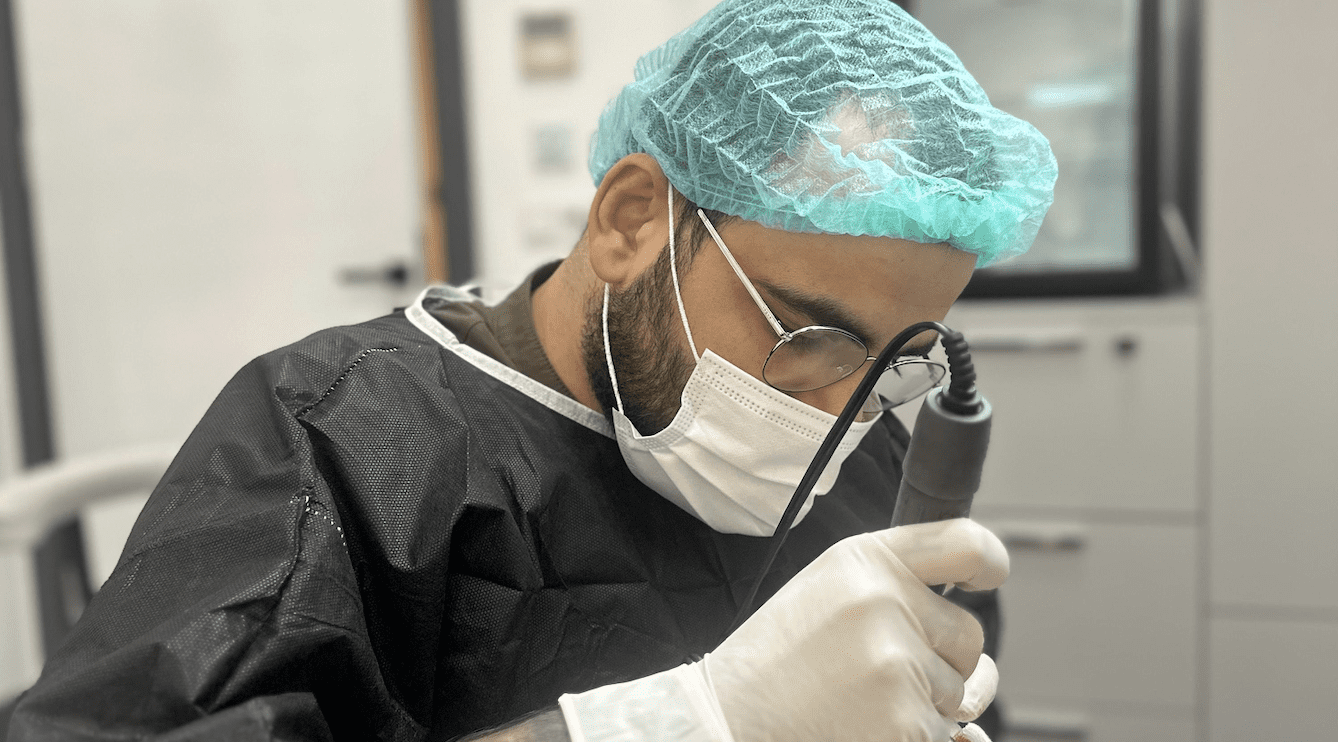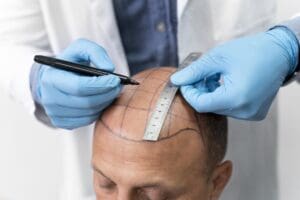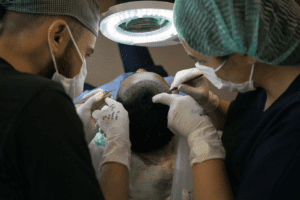How Hair Transplantation in Istanbul Works — Step by Step
Hair transplantation in Turkey, especially in Istanbul, has become popular due to the combination of high-quality medical care and affordable prices. Every year, thousands of people from around the world come to this city to restore their hair density using modern techniques such as the DHI hair transplant method and the FUE method. Specialists use various graft extraction techniques, including micromotor and manual extraction. Below, we will explain in detail how this procedure is performed, what methods exist, how to prepare, what to expect on the first day, and what the results are like after a few months.
1. Diagnosis
To determine if you’re a good candidate for a transplant, you need a thorough initial consultation and evaluation of your donor area. This is usually done online. Be prepared to answer the following questions:
-
When did the hair loss start? Is it still ongoing or has it stopped?
-
Are you using any medications or treatments to prevent hair loss?
-
What is the condition of your scalp?
-
Have you consulted a trichologist or done hormonal tests (especially in cases of female hair loss — such as TSH, T3, T4, anti-TG, LH, FSH, testosterone, prolactin, DHT, cortisol)?
To determine the number of grafts needed, analyze the donor area, estimate the cost, and assess whether the procedure is feasible in your case, you’ll need to send photos of your head.
2. Doctor Consultation

The doctor will determine the transplant method, number of grafts, and give preparation recommendations. Once you decide to come, the date is scheduled, and you buy your flight ticket.
You’ll need to stay in Istanbul for 3 days:
-
Day 1 – arrival
-
Day 2 – surgery
-
Day 3 – post-op care
On the second day, you will have an in-clinic consultation with the hair transplant doctor. The doctor will examine the degree of baldness using the Norwood scale, assess the scalp condition, and analyze the donor area (typically the back of the head).
During the consultation, the doctor will:
-
Answer all your questions about your hair condition.
-
Carefully evaluate the donor area.
-
Mark the recipient zone and discuss the hairline design, direction of graft placement, and finalize the number of grafts.
The suitable hair transplant method is confirmed during the consultation:
-
FUE hair transplant method – One of the most common techniques, often used for patients with large bald areas.
-
DHI method – A more precise technique using the Choi Implanter Pen, allowing follicles to be implanted directly without prior incisions. Ideal for adding density between existing hairs and often performed without shaving the entire head, which is especially convenient for women.
-
Manual hair extraction method – Recommended if the donor area is weak or in two-stage procedures. Grafts are extracted manually without a motorized device, allowing better control over depth and angle, minimizing damage to the donor zone.
3. Preparation for Hair Transplantation
Before the procedure, basic blood tests are required. On the day of the surgery, the donor area is shaved (either completely or partially, depending on the method and baldness area). Even in “no-shave” transplants, the donor area must still be shaved for technical reasons.
Blood is drawn before surgery and analyzed for infections. Sterile clothing is provided, local anesthesia is applied, and the patient lies down on a medical chair or bed.
One week before surgery:
-
Stop drinking alcohol.
-
Reduce or quit smoking.
-
Avoid medications that affect blood clotting.
-
Minimize intense workouts and stress to keep hormones balanced.
The night before surgery:
-
Get a good night’s sleep, as the procedure can last several hours (4+ hours).
-
Absolutely avoid alcohol and smoking.
-
Do not eat foods rich in Vitamin C.
On the day of surgery:
-
Eat a full breakfast.
-
Wear clothes that do not need to be pulled over your head.
-
Bring your ID/passport.
-
A positive attitude and good mood are essential!
4. How Hair Transplant Surgery Works: Procedure Stages

The procedure lasts from 4 to 8 hours, depending on the complexity and method. Here’s what a standard process looks like:
Step 1: Graft Extraction
-
In FUE, follicles are extracted with a micro punch (0.6–1 mm).
-
In DHI, extraction is similar to FUE, but follicles are implanted immediately.
-
In manual extraction, follicles are removed one by one with special tools. This is slower but more precise and better suited for sensitive scalps or previously operated areas.
Step 2: Graft Preparation
Extracted follicles are sorted and placed in a nutrient solution to preserve their viability.
Step 3: Implantation
-
In FUE, micro incisions (channels) are made, and follicles are manually implanted into them.
-
In DHI, each follicle is implanted directly using an implanter pen, minimizing trauma.
5. How Long Does Hair Transplantation Take?
The procedure usually takes 6–8 hours, depending on:
-
Number of grafts (usually 2,000 to 5,000),
-
Method (DHI takes slightly longer than FUE),
-
Hair density and individual scalp characteristics.
If more than 6,000 grafts are needed, the procedure may be divided into two sessions a year apart.
6. The First Day After Surgery
Right after the procedure:
-
A bandage is applied to the donor area.
-
The transplanted area remains open and is treated with antiseptic.
-
The doctor gives detailed aftercare instructions.
-
It’s forbidden to touch the transplanted zone, bend forward, wear hats, or wash your head.
A follow-up visit is scheduled for the next day, where a professional hair wash is performed.
7. Recovery and Results
First few days:
-
Swelling, redness, and crusting may occur.
-
Use only special shampoo.
-
Sleep on your back with your head elevated.
After 10 days:
-
Crusts fall off.
-
Swelling subsides.
2–3 weeks later:
-
Shock hair loss may begin — this is normal.
3–4 months later:
-
New hair growth begins.
6 months later:
-
Around 60% of the result is visible.
9–12 months later:
-
Full results become visible: natural length and density.
FUE, DHI, Micromotor or Manual Graft Extraction — What to Choose?
Our most important advice: The method should be chosen by the doctor, not the patient.
-
FUE – A reliable standard for most patients, especially men with large bald areas.
-
DHI – Great for increasing density, and ideal for those wanting faster recovery.
-
Manual extraction – Best for those with sensitive skin or weaker donor areas.
Conclusion
Hair transplantation in Istanbul is a modern, safe, and affordable procedure, performed at a high level. Whether you choose the FUE method, DHI method, micromotor, or manual extraction, the result will be a restored hairline, boosted self-confidence, and improved quality of life.
If you’re considering a hair transplant in Turkey, make sure to carefully choose the clinic, the doctor’s experience, and the appropriate technology — and you will surely get the results you desire.







